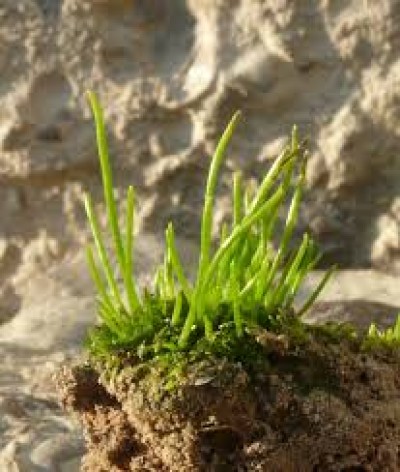Has discount
❌
Made in
English
Last updated at
Sat, 26-Apr-2025
Level
Advanced
Total lessons
0
Total duration
00:00:00 Hours
Number of reviews
0
Total enrolment
0
Avg rating
Short description
Anthoceros is represented by about 200 species. All species are terrestrial and cosmopolitan in distribution. The species grow in very moist and shady places like slopes, rocks or sides of the ditches. Some species are found growing on decaying wood (Cavers, 1911). Unlike other bryophytes Anthoceros is usually not well adapted to resist dry conditions.
In India Anthoceros is represented by about 25 species. Out of these three species of Anthoceros viz., A. himalayensis, A. erectus and A. chambensis are commonly found growing in the Western Himalayan region at an altitude of 5000-8000 feet (Kashyap, 1915). These species are also found growing in Mussoorie, Kulu, Manali, Kumaon, Chamba valley, Punjab, Madras and in plains of South India.
Mehra and Handoo (1953) reported A. himalayensis
-
-
Requirements
Outcomes
- Upon completing studies on Anthoceros (hornworts), students should understand its classification, morphology, anatomy, and reproduction, including the alternation of generations between haploid and diploid phases. They should also be able to identify the unique features of hornworts, such as the symbiotic relationship with Nostoc and the presence of pyrenoids in chloroplasts. Additionally, students should grasp the significance of Anthoceros as a model organism for studying the evolution of land plants.

Write a public review